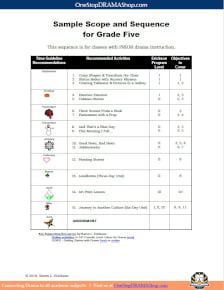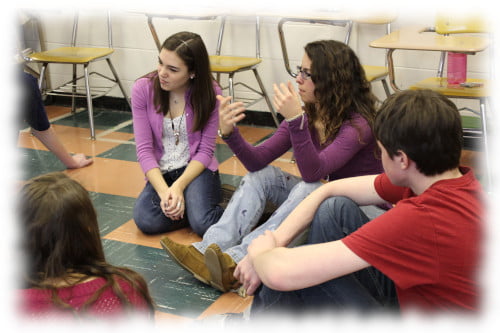Sixth Grade Assessments
Measuring student progress and achievement in drama requires a combination of written and performance-based assessment. On this page, there are a variety of tools to assess student learning and the effectiveness of instruction, customizable based on your assessment needs. These tools were designed to support the Sixth Grade Curriculum, and include both Performance Rubrics and … Read more





